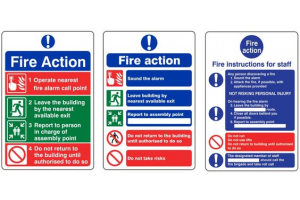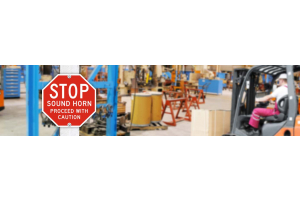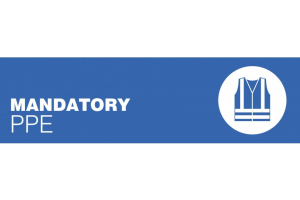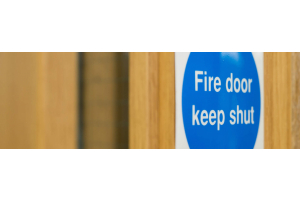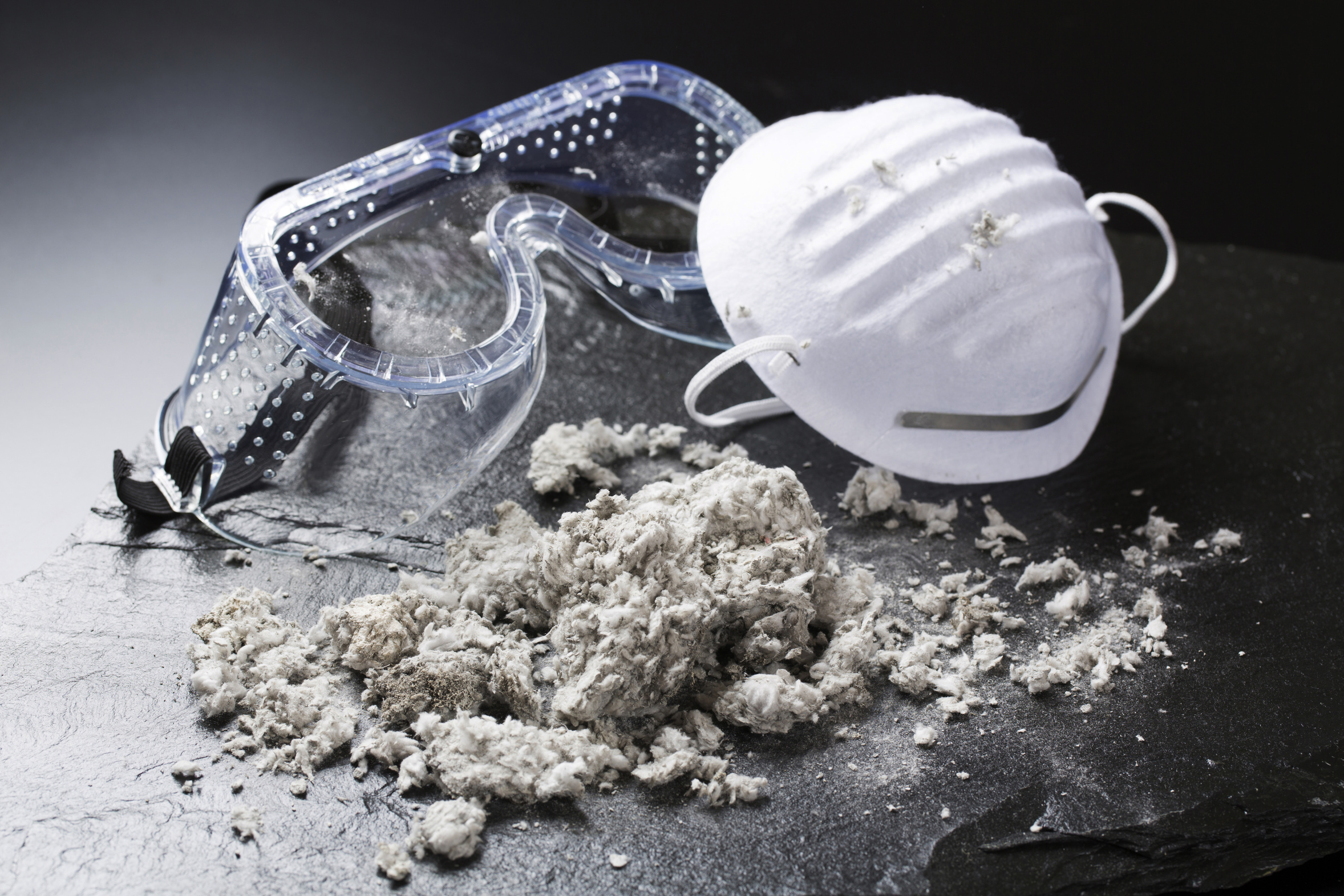
Introduction to ‘Asbestos essentials’ task sheets
Why is asbestos a problem? Large amounts of asbestos were used in new and refurbished buildings before 2000. Usage began to decline in the 1970s and blue asbestos (crocidolite) had a voluntary ban in 1970. Blue and brown (amosite) asbestos were banned by law in 1985. Uses of white asbestos (chrysotile) were banned in 1999. Everything else and most second-hand supply (except for very high performance materials) was banned by 2000. Therefore, all supply of materials containing asbestos is banned, including making materials available to a third party in any way, whether or not for any payment. A large number of premises and older plant and equipment still contain some form of asbestos. Much of the asbestos will be hidden in the fabric of the building so not immediately obvious – it is also unlikely to be recorded in the building plans. Workers most likely to come into contact with asbestos-containing products are those in the construction, maintenance, refurbishment and related trades. When asbestos materials are damaged or disturbed they can release dangerous fibres which, if breathed in, can cause serious diseases. Around 4500 people in Great Britain die every year from asbestos related diseases, making asbestos the single greatest cause of work related deaths.
What you need to do Before starting work? you need to check what asbestos is present, in commercial properties there should be a plan/register – ask to see it. You need to check that the plan covers the area of the building that you will be working in and if you are doing refurbishment work that it includes a survey that tells you what types of asbestos is present and it’s condition. If there is no register or survey or the report is not clear – do not start work. Alternatively, you can assume that any material you need to disturb does contain asbestos. The client also needs to see your plan of work to understand what work you are going to do, and how.
Your workers, Everyone who works with, or may disturb asbestos, must be properly trained (including the self-employed). What the premises owner (client) needs to tell you Where any asbestos containing materials (or materials presumed to contain asbestos) are, that you are likely to meet. The information provided should be specific.Main points:
- 1) You need training to work safely with ACMs.
- 2) Asbestos Essentials does not apply to licensed work. You should only go ahead if you are sure the work does not require a licence.
- 3) Work with, or disturbance of, any type of ACM can be dangerous.
- 4) Second-hand equipment may not be asbestos-free.
- 5) If you work on ACMs and you smoke, you are at much greater risk of lung cancer.
- 6) Consider those around you. Don’t put your workmates in danger or take fibres home on your clothes and put your family at risk.
- 7) Carry out the work and dispose of contaminated materials safely
Does the work need a licence? Most work with asbestos needs to be carried out by a licensed contractor. This includes work on asbestos coating and asbestos lagging; and work on asbestos insulation or asbestos insulating board (AIB) where the risk assessment demonstrates that the fibre release will be high, eg the material is badly damaged, or the work is not short duration work. 'Short duration' means any one person doing this type of work for less than one hour, or more people doing the work for a total of less than two hours, in any seven consecutive days. The total time spent by all workers must not exceed two hours. This includes time spent setting up, cleaning and clearing up. Non-licensed work includes work on asbestos-containing textured coatings and asbestos cement.
Is it notifiable non-licensed work? From April 2012, some non-licensed work, where the risk of fibre release is greater, is subject to three additional requirements – notification of work, medical examinations and record keeping (the requirement for medical examinations does not come into force until April 2015), further reading, This work is known as notifiable non-licensed work (NNLW). To decide if the work is NNLW, you will need to consider the type of work you are going to carry out, the type of material you are going to work on and its condition.
Decide what type of work you are doing: Maintenance – eg drilling holes to attach fittings or pass cables through, painting, cleaning etc, Maintenance includes some removal where it is incidental to the main task, eg removing an asbestos ceiling tile to allow inspection or Removal eg as part of a refurbishment or redesign project;or - Encapsulation – eg work to enclose or seal asbestos materials in good condition; or - Air monitoring and control, and the collection and analysis of samples. Consider the asbestos type: - Is it friable? – the more friable a material is, the more likely it will release asbestos fibres when worked on and the greater the risk of exposure. Materials such as asbestos insulation are more friable than materials such as asbestos cement; and - How firmly is the asbestos bonded in a matrix? (For removal work only) – Asbestos containing materials (ACMs) where the asbestos is coated, covered or contained within another material, such as cement, paint or plastic are considered to be firmly bonded in a matrix; and Consider the material’s condition: - Has the material been damaged or is it in poor condition? – eg badly flood or fire-damaged; and - Will the materials’ matrix be destroyed when worked on? – eg deteriorating textured decorative coatings (‘Artex’) with gel or steam.
In summary, most work with firmly bonded materials in good condition such as asbestos cement, bitumen, plastic, resin, rubber, roofing felt, paper linings, cardboard, textiles, gaskets, washers and rope etc will not need to be notified. Short duration ‘maintenance’ work involving AIB which is in good condition will also not normally need to be notified, NNLW will normally include short duration maintenance and removal work with asbestos insulation, removal of textured decorative coatings where the material is destroyed eg by scraping it off, and short duration removal of AIB as part of refurbishment.
